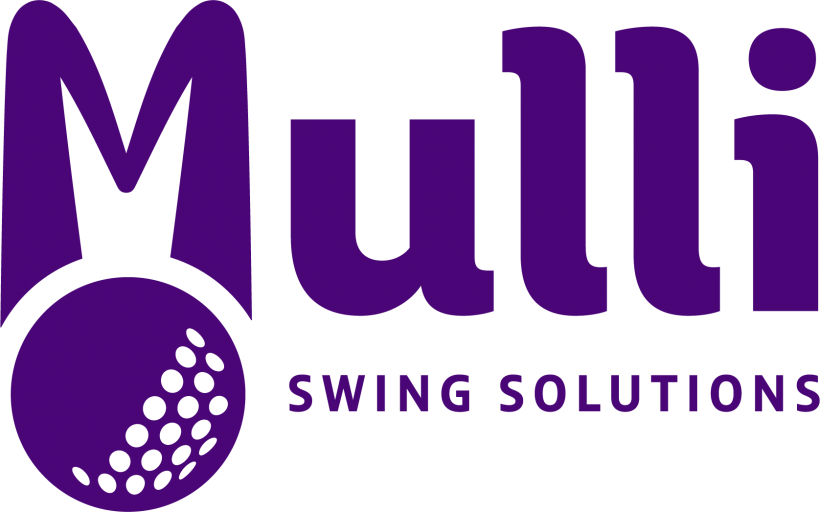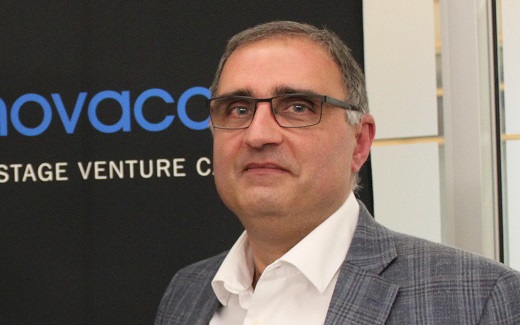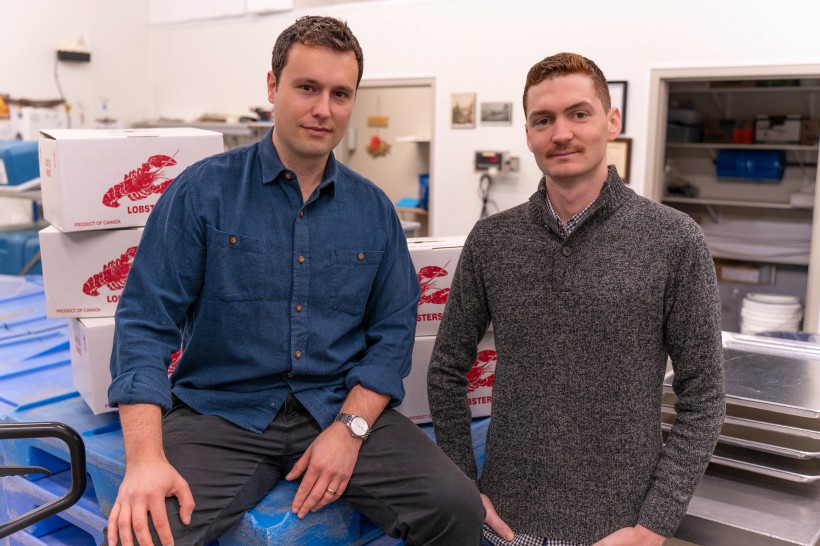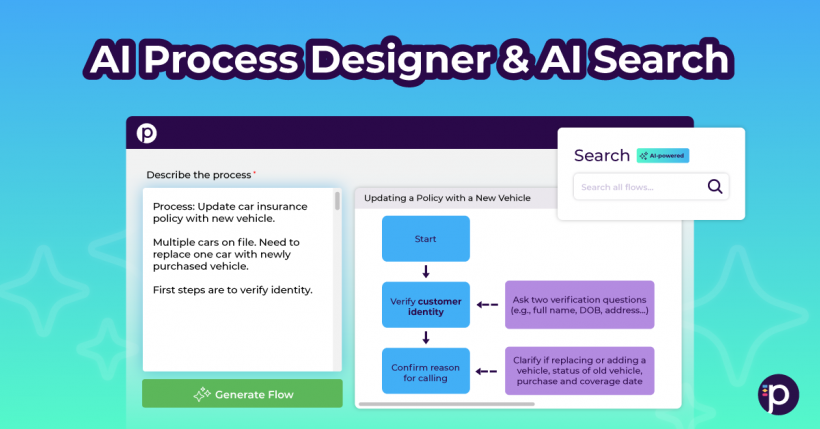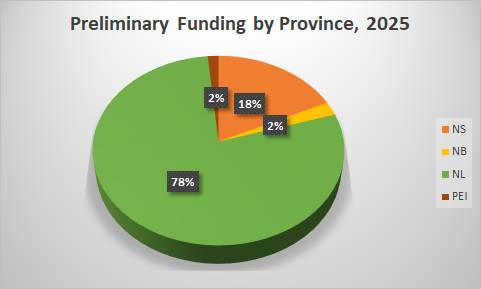Halifax-based Densitas, a breast imaging analytics innovator, has signed a partnership with Leeds Teaching Hospitals in the U.K. to bring its breast screening technologies into routine clinical workflow.
The Densitas software provides an automated mechanism for quantifying and recording breast tissue density, a risk factor for breast cancer in women. Dense breasts can mask cancerous cells. Dense breast tissue is also linked to higher chances of cancer. The current standard of care in the U.K. National Health Service requires visual assessment of breast tissue density by the radiologist, if it is performed at all, the company said in a statement.
“This will allow the Leeds team to assess breast density for every woman who has a screening mammogram performed,” Densitas CEO Mohamed Abdolell said.
As well as speeding and simplifying the process of quantifying breast density, the Densitas technology standardizes the density measurement and enables stratification of women to ensure those who need more aggressive follow-up receive it, while those who don’t do not receive unnecessary imaging.
“This is a really exciting development for us because it has the potential to make a real difference to the quality of our screening program and ultimately to the health outcomes of women in Leeds,” said Dr. Nisha Sharma, Director of Breast Screening at Leeds Teaching Hospital’s NHS Trust.
The U.K. news is the latest big announcement from Densitas, which recently received regulatory approval in Australia. The company’s flagship product also received 510(k) clearance from the Food and Drug Administration, which means the company can distribute its software for assessing breast density in the U.S.
Densitas had already cleared regulatory hurdles in Canada and Europe. The software is used in Nova Scotian hospitals and clinics, so any woman who has mammography tests in the province has her information processed by Densitas software.
Abdolell, an associate professor at Dalhousie University’s Department of Diagnostic Radiology, has been pursuing his idea for software that measures breast density since 2011. During that time, a growing number of jurisdictions have begun requiring mammograms to include an assessment of breast density.





